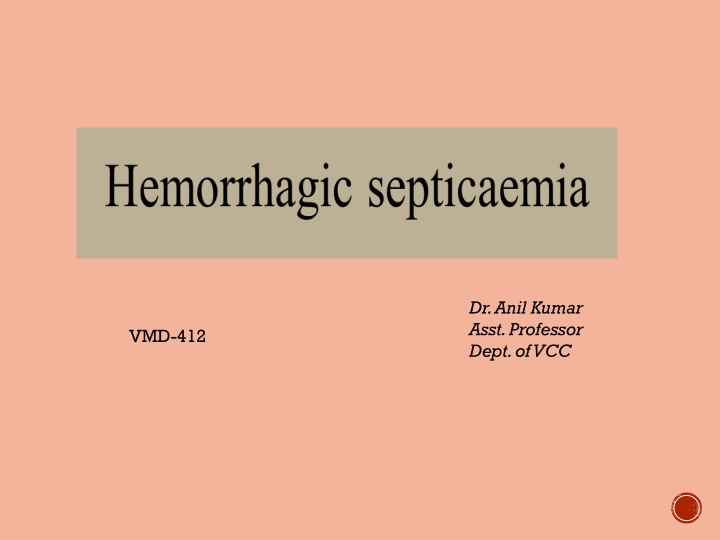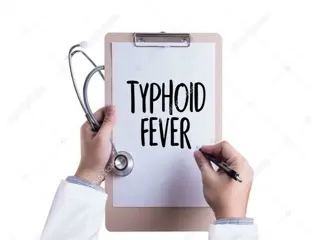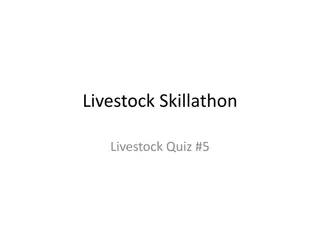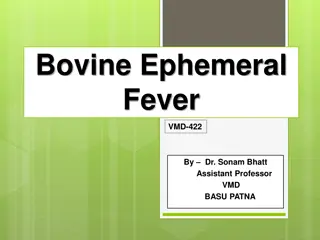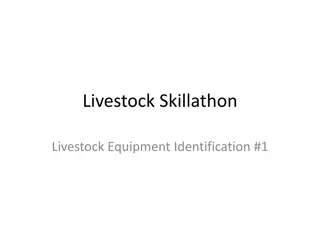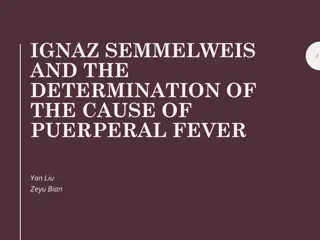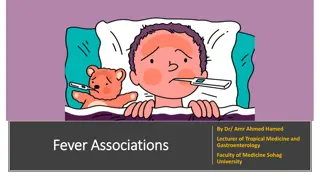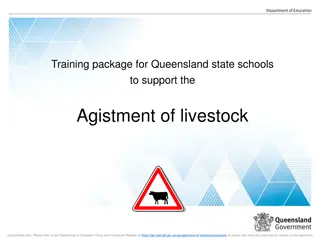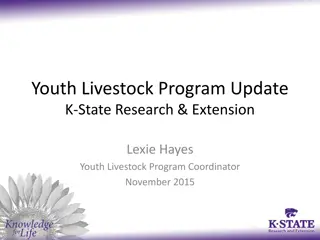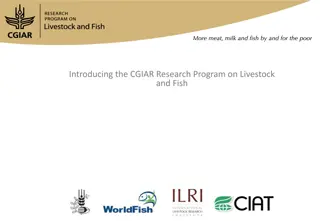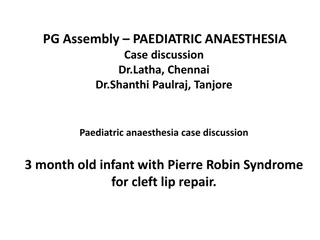High-Fever Syndrome (HS) in Livestock
High-Fever Syndrome (HS) is a highly fatal disease affecting various livestock species. It is characterized by acute septicemia, high fever, and swelling in the throat, neck, and brisket, leading to respiratory distress. The disease is caused by Pasteurella multocida type 1 or B and primarily affects buffalo, cattle, pigs, horses, sheep, and goats. It is most prevalent during the monsoon season and can be triggered by stress and viral infections. The transmission occurs through ingestion or inhalation, with proliferative effects on the tonsillar region. Clinical signs include high fever, salivation, edematous swelling, and respiratory distress. Diagnosis involves clinical findings, seasonal occurrence, and serological tests. Treatment includes administering various antibiotics and supportive therapy. Prevention is possible through vaccination with different types of vaccines based on age. Effective prevention and control strategies are crucial in managing this disease in livestock.
Download Presentation

Please find below an Image/Link to download the presentation.
The content on the website is provided AS IS for your information and personal use only. It may not be sold, licensed, or shared on other websites without obtaining consent from the author.If you encounter any issues during the download, it is possible that the publisher has removed the file from their server.
You are allowed to download the files provided on this website for personal or commercial use, subject to the condition that they are used lawfully. All files are the property of their respective owners.
The content on the website is provided AS IS for your information and personal use only. It may not be sold, licensed, or shared on other websites without obtaining consent from the author.
E N D
Presentation Transcript
Dr. Anil Kumar Asst. Professor Dept. of VCC VMD-412
HS (Shipping/transport fever, stockyard s disease, Barbone disease, Galaghotu in Hindi.) An acute highly fatal disease characterized by acute septicaemia, high fever, swelling at the ventral aspect of throat , neck and brisket causing dyspnoea Definition Pasteurella maltocida type 1 or B, G ve, Known as Bipolar organism Etiology Buffalo>Cattle>Pig>Horse>Sheep & Goat Affect any age and group Maximum occurrence- During Monsoon Host Range Stress (Transportation, Heavy worm, Starvation and Viral infections like IBR, Parainflenza-3) Precipitating factors
Ingestion or inhalation The initial site of proliferation thought to be the tonsillar region. The source of infective bacteria is thought to be the nasopharynx of bovine carriers. Transmission Organism from environment enters into terminal bronchioles and alveoli causes changes in lungs in presence of predisposing factors destroying the leucocytes and macrophages and then release of histamines and PGF2alpha and sometimes fibroblastic elements leading to septicemic changes in body and inflammatory changes in lung parenchyma-- and produce pneumonia with the help of secondary invaders (Parainfluenza-II, Bovine herpes virus and other bacteria) Death due to asphyxia
High Fever (106-107 F), Profuse salivation, Petechiae om mucous. Edematous swelling (Under throat, neck and brisket region) Swellings are hot and painful Increased respiration, Grunting sounds followed by dyspnoea Death Clinical findings Clinical findings Seasonal occurrence make tentative diagnosis Animal inoculation Serologiacl (HAT,HIT,CFT etc.) Diagnosis HS in buffalo -Vet Extension Source: vetextension.com
Various sulfonamides (130-150 mg/Kg, IV for 3-5 days), tetracyclines, penicillin and chloramphenicol are administered early. Anti-inflammatory Antihistamins Supportive therapy effective if Treatment Prevention is by vaccination. Three kinds of vaccine are widely used: plain vaccine (HS broth vaccine), alum- type precipitated vaccine, and oil- adjuvant vaccine. The most effective bacterin is the oil- adjuvant-one dose provides protection for 9-12 month; administered annually. The alum-precipitated-type bacterin is given at 6 months intervals. Age of vaccination: Above 5-6 months of age Prevention and control it should be
